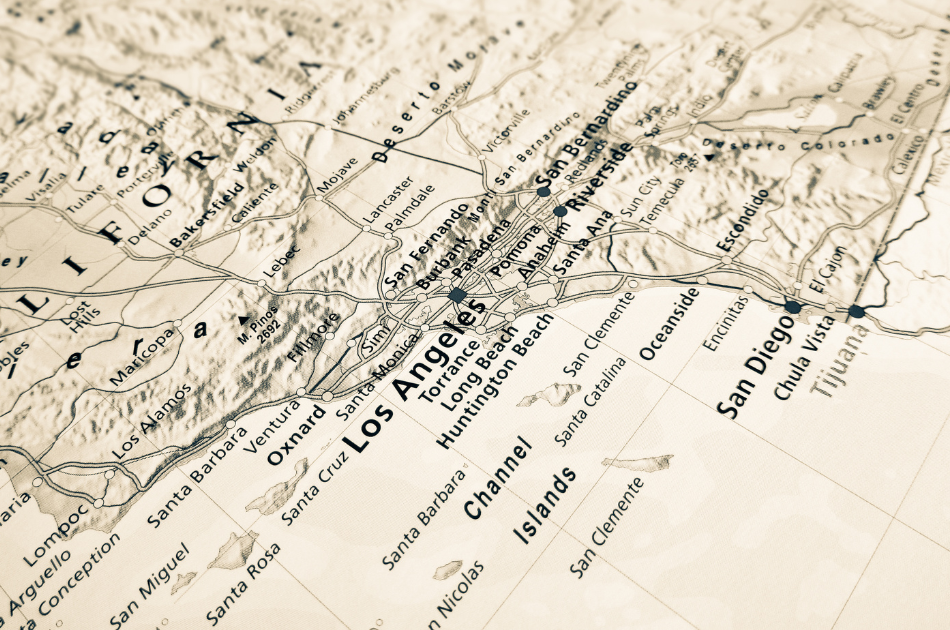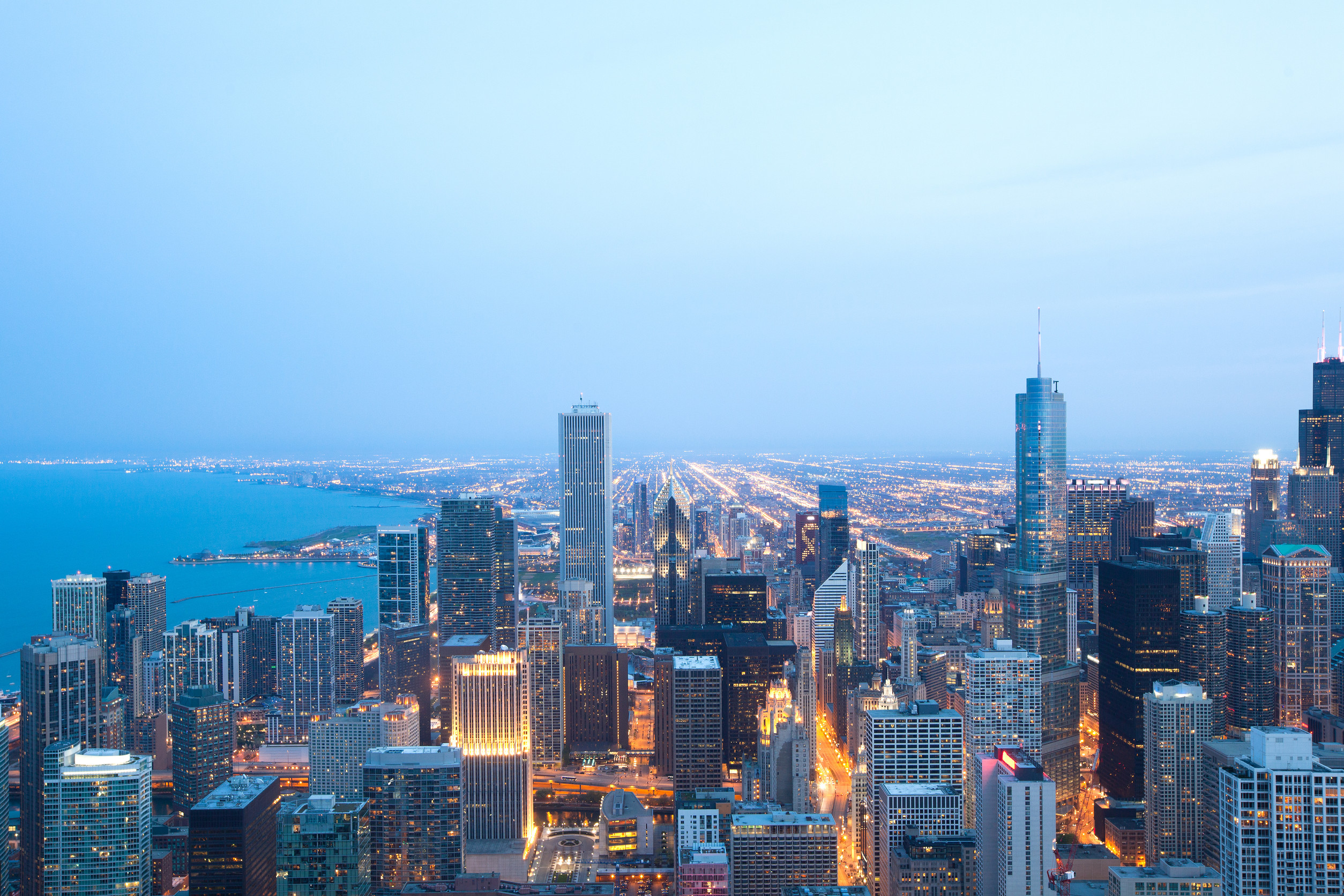In a 2017 study, the City of Paris discovered something rather shocking about traditional burial practices: the average burial generates, on average, 833 kilograms (or almost 1 ton) of carbon dioxide, which is nearly the equivalent of a round-trip flight between Paris and New York. Part of those emissions comes from the practice of embalming, which was only developed after the American Civil War to preserve soldiers’ bodies for their families to receive.
In response to the results of the study, Paris recently opened its first green cemetery at Ivry-sur-Seine. The cemetery will do away with gravestones, replacing them with wooden markers that the city of Paris has said it will replace every ten years. Coffins and urns must be made out of biodegradable materials, either cardboard or unvarnished local wood, and bodies must be clothed in natural biodegradable fibers.
They cannot, of course, be embalmed—marking “a return to what was done in the country for millennia”. This isn’t the only green funeral initiative going around these days. In Washington state, human composting is now allowed in which human bodies are transformed into usable soil.












